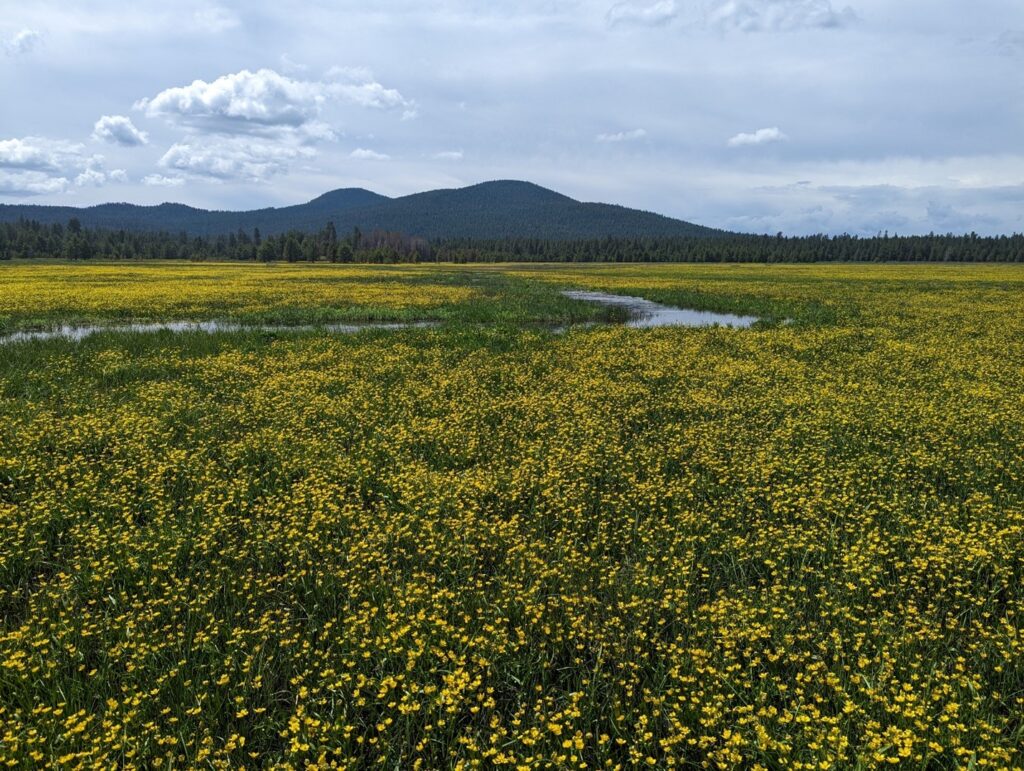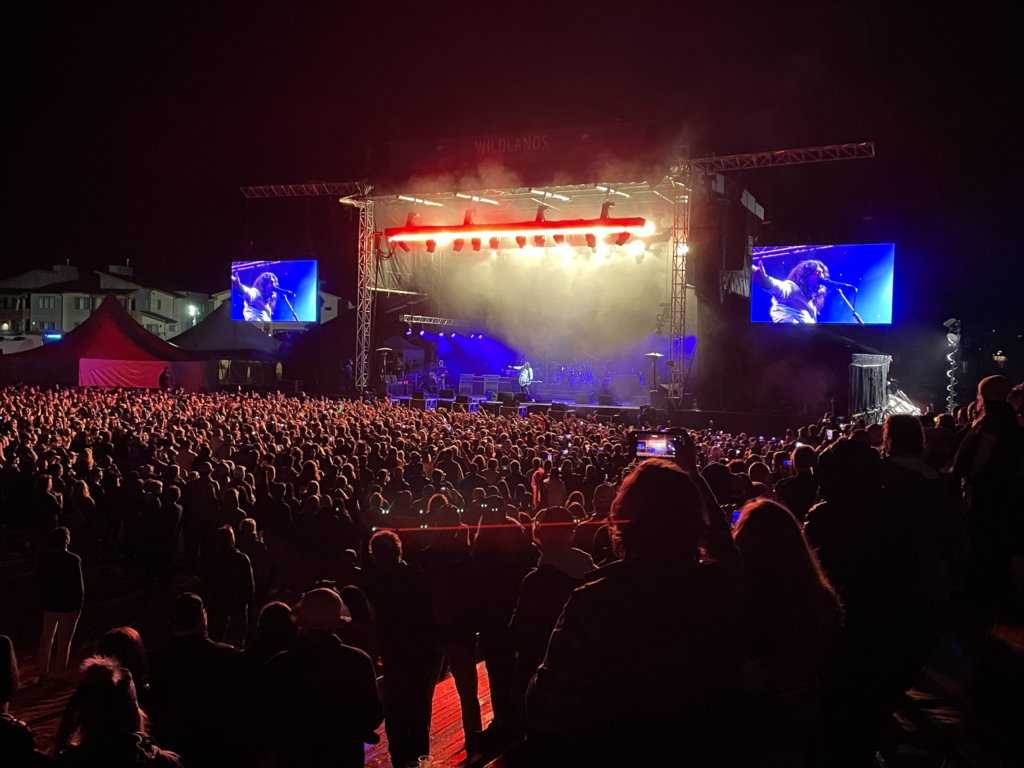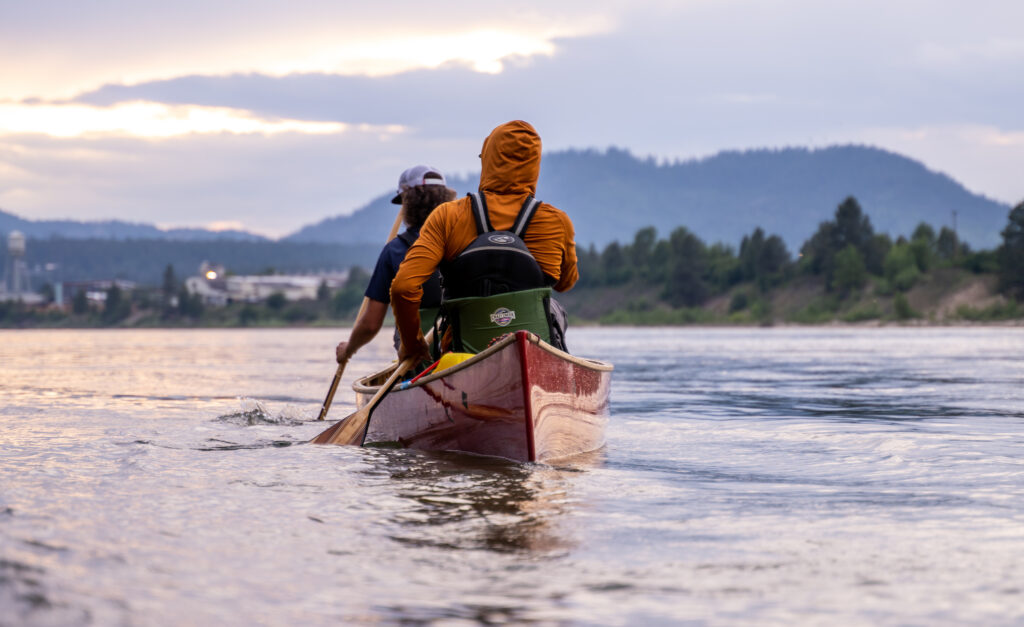Reconnecting the Past: A Blackfeet Man Floats the Blackfoot River
This is a guest blog by Tyrel Fenner, a Blackfeet and Little Shell Chippewa tribal member from Babb, Montana. Tyrel works for the Piikani Lodge Health Institute as a hydrologist on climate adaptation. He was the recipient of the 2021 American Rivers Northern Rockies Indigenous Scholarship with Freeflow Institute.

Okii Nikso’kowaiksi, (Hello friends,)
Pushing off from the boat launch that first day was nothing short of a miracle. That’s right, a miracle. In a strange way, it is quite miraculous for an Indigenous Blackfeet person like myself to go on a multi-day float trip, even as an ex-fishing guide, on my own tribe’s namesake river.

A few months earlier, a friend and mentor of mine had suggested that I apply for the American Rivers Northern Rockies Indigenous Scholarship to spend a few days floating and writing with Freeflow Institute. I thought that sounded like a fun way to develop new skills while honing old ones, and a great opportunity for me to see new reaches of the Blackfoot River.
We loaded up on the bus, rafts in tow, and headed upriver to the Russell Gates Memorial fishing access, where we would enter the water for a three-day, two-night getaway into the great unknown. My first choice would be whether to ride in a large raft with others or to take a personal inflatable kayak, known in the rafting world as a “ducky.” I chose one of the duckies to start the journey and before long, I found myself thrilled to be weaving rock gardens, running rapids and slicing through waves.
I liked the idea of camping your way down a river but it was something that I’d never done before. I don’t actually know of many Native Americans that have been on multi-day float trips, and those that I do know of were usually…unplanned. Not only that, but I’d just completed a pretty intensive Bachelor’s of Science in Hydrology, which included a lengthy senior thesis, coupled with applying for the NSF’s Graduate Research Funding Program, and the creative writer had essentially been wrung out of me. Or so I thought…

***
So there I was, possibly sticking out like a sore thumb. But, as luck would have it, we were in the company of a fellow Little Shell Chippewa and writer – Chris La Tray – who would lead discussions and whose thought-provoking lead-ins to writing prompts would help better connect us to the past, the land and water – and to ourselves.
Looking back on my memories of fishing with friends who brought along notebooks, there was certainly always a romantic flair to writing that appealed to me, and that I was eager to tap into, and explore within myself. When it came time to circle up to reflect and write, all I could seem to access was factual information, and not much feeling. After hearing from the group, I saw different styles and forms of writing and sharing. Some poetry, some stories and all very interesting. I soaked it up and was ready to give creative writing another shot.
The next day would be our only full day on the river and we took to the water, eager to see what lay around each bend, feeling fortunate to be in the cool, narrow canyons of the Blackfoot River during this heat wave. I was back to navigating solo in the ducky and had time to reflect on places I had fished from shore with my old dog, a past love blossoming here, and of my ancestors, for whom this river was named.
While studying hydrology at Salish-Kootenai College, a tribal college in Western Montana, I learned of an intriguing coyote story and a valuable piece of tribal ecological knowledge (TEK) that I often think about.
Not that long ago, before satellites and modern-day gage stations reported readings back to us every 15 seconds, the Salish people relied on the presence of an intermittent snowpatch sitting high on a mountain side to gauge the flow of rivers in present-day Western Montana.
The story goes that a monster once took over the valley and tricked all of the animals to enter his body, where they would be doomed to certain death. He did this by laying so that he was covering the entire valley floor and, as the animals took the main thoroughfares into the area, they unknowingly became trapped. Coyote, being the cunning and brave hero that he is, slayed the beast – cutting the heart from the monster and casting it upon the mountainside where it remains as an anatomical-heart-shaped snowpatch throughout most of the year.
The melting of this snowpatch – “The Heart of the Monster” – coincides with the start of the falling limb of annual hydrographs on most all of Western Montana’s major rivers, and was the signal that buffalo hunters waited on to safely cross rivers as they journeyed east for provisions.

Nearing the end of our float, a guest ranch with portable cabins multiplying along the shore brought to mind how much had changed here – not in just the past two decades, but in the past two centuries. Meanwhile, stoneflies of all sizes and colors were our constant companions, as well as the hungry trout slamming these offerings of nature.
All of this combined and inspired the following poem:
Dippers dipping, trout are sipping.
Flies that land on waters rippling.
We’re pushing off, from the shore,
Russell’s Gates, an open door.
Feel alright, a beautiful sight.
Out here in the canyon light.
The freshets past, she’s clear at last.
The falling of the hydrograph.
Which brings to mind, another time.
Before the dams, the fences, the mines.
Of coyote stories, only told in winter.
When the snow stacks high, up front and center.
Of Salish gages, as a snow patch ages.
It’s disappearance signals lower stages.
For safer crossings, to bison roaming.
The heart of the monster, no longer showing.
The rivers clear, until next year.
An age-old cycle. We are still here.
So here I am, still living with the land,
Floating a ducky, fishing pole in hand.
Not only are Native American people underrepresented within the river corridors of Montana, but the likelihood of finding an Indigenous person on a multi-day float trip is a rare sight. Thank you, American Rivers and Freeflow Institute, for this opportunity. I would highly recommend this experience to writers of all levels and am already planning multi-day float trips for 2022. Sukapi, thank you.
Apply here for the 2022 American Rivers Northern Rockies Indigenous Scholarship – open to Indigenous artists, writers, leaders, students, and communicators, for the amount of $1500 to be put toward Freeflow experiences in Montana or Idaho.



1 response to “Reconnecting the Past: A Blackfeet Man Floats the Blackfoot River”
It was an honor to spend those days with you Ty. Thanks for sharing this and so much of yourself during our time together. Keep up the great work!